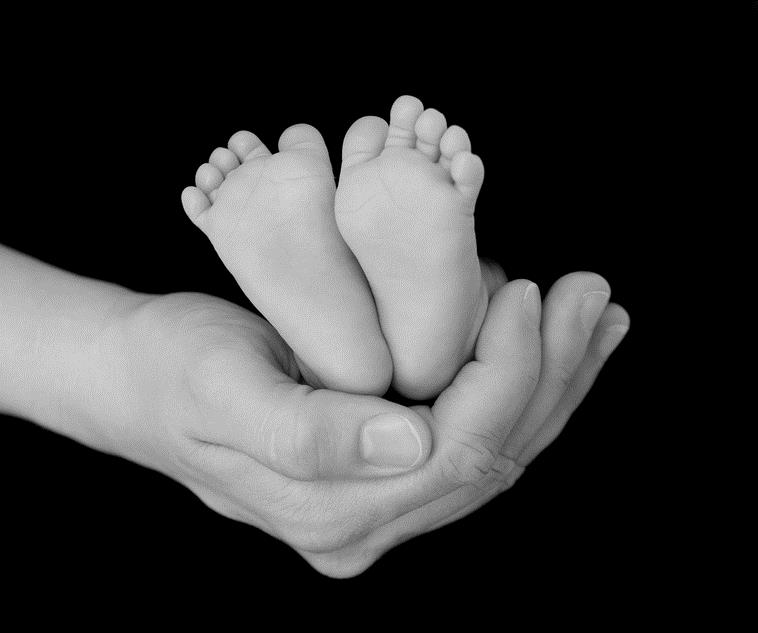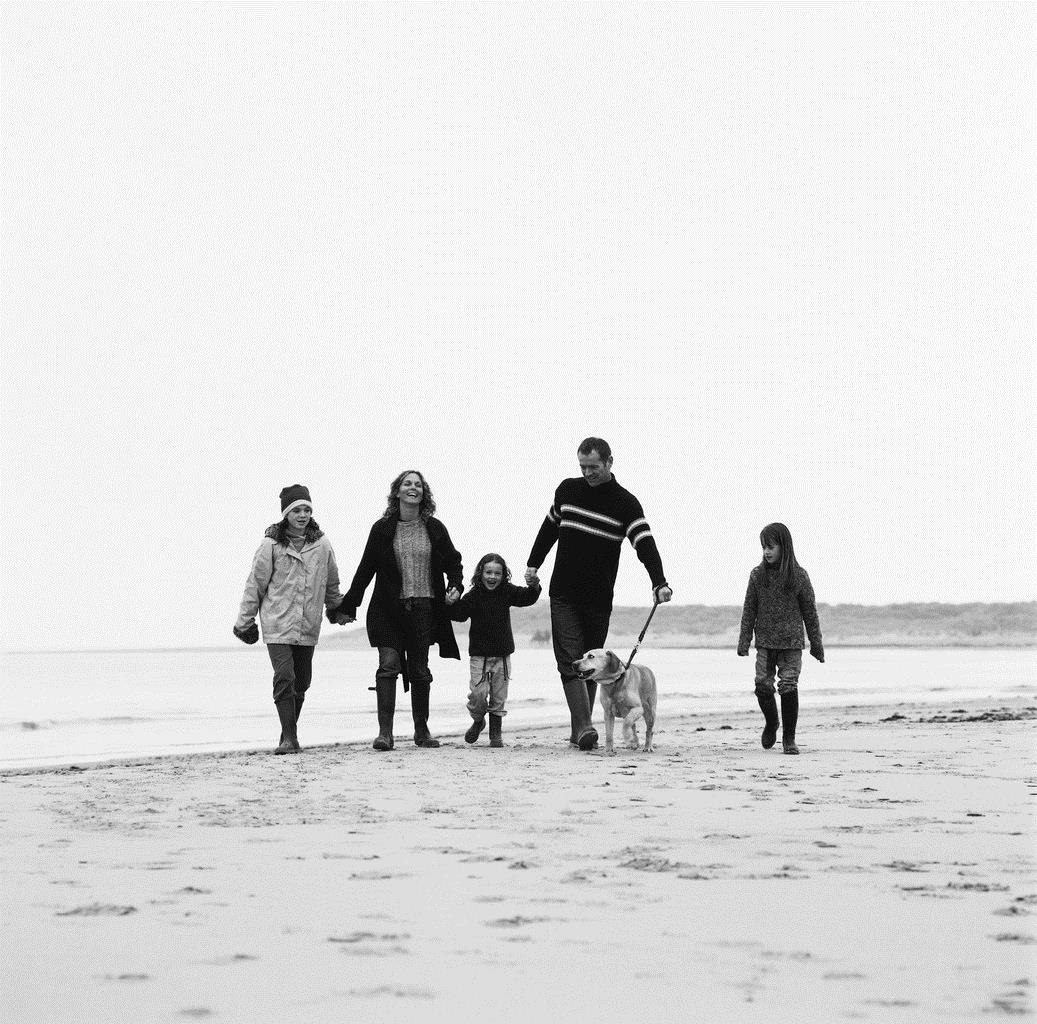Posted: 7/7/2014
Relationships & Attachments Play a Role in Psychological Health & Well-Being
by Jessica Felix Jager, MSW, Licensing Specialist
Forming relationships and attachments with others is inevitable, even among the most shy and isolated individuals. So long as one lives and interacts with others, a form of attachment or relationship is established. There are different types of relationships that the average person can associate with: parent to child, foster parent to foster child, grandparent to grandchild, sibling to sibling, and spouse to spouse relationship, along with extended family relationships. There are also the romantic, friendship, colleague, and the roommate relationships. The list can go on and on. A relationship, simply put, is being related to or interrelated with another individual on some level.
Forming Attachments
 There are those relationships that one is born into, also known as family. Then there are those relationships that one selects on some level. Forming attachments with others first gets established with the relationships one is born into. Cynthia Crosson-Tower, author of Understanding Child Abuse and Neglect, points out that one vital aspect provided by the family and influencing the child’s entire life is that family members usually provide the infant with an opportunity to bond.
There are those relationships that one is born into, also known as family. Then there are those relationships that one selects on some level. Forming attachments with others first gets established with the relationships one is born into. Cynthia Crosson-Tower, author of Understanding Child Abuse and Neglect, points out that one vital aspect provided by the family and influencing the child’s entire life is that family members usually provide the infant with an opportunity to bond.
When parents provide adequate care and nurturing, most babies form this attachment easily (2005). One’s ability or inability to bond and attach to others in healthy relationships stems from whether one received adequate care and nurture as a child. This then according to Crosson-Tower, enables them to replicate this attachment with others in their lives as they go on to forge new relationships (2005). Thus, the opposite is also true, if a child did not receive adequate care and nurture his or her ability to attach and bond as they forge new relationships is compromised. This is often the case for many children within the foster care system.
Psychological Health and Well-being
 According to Sadock and Sadock, authors of Synopsis of Psychiatry, a person’s psychological health and sense of well-being depends significantly on the quality of his or her relationships and attachments to others, and a core issue in all close personal relationships is establishing and regulating that connection (2007). If this connection is not established many issues arise in the relationship and can often lead to abuse or neglect within the relationship. Adults with an anxious ambivalent attachment style tend to be obsessed with romantic partners, suffer from extreme jealousy and have a high divorce rate (Sadock & Sadock, 2007). Jealousy when manifested in its most extreme levels can result in verbal abuse, fits of rage and even domestic violence. Persons with an avoidant attachment style are relatively uninvested in close relationships, although they often feel lonely (Sadock & Sadock, 2007).
According to Sadock and Sadock, authors of Synopsis of Psychiatry, a person’s psychological health and sense of well-being depends significantly on the quality of his or her relationships and attachments to others, and a core issue in all close personal relationships is establishing and regulating that connection (2007). If this connection is not established many issues arise in the relationship and can often lead to abuse or neglect within the relationship. Adults with an anxious ambivalent attachment style tend to be obsessed with romantic partners, suffer from extreme jealousy and have a high divorce rate (Sadock & Sadock, 2007). Jealousy when manifested in its most extreme levels can result in verbal abuse, fits of rage and even domestic violence. Persons with an avoidant attachment style are relatively uninvested in close relationships, although they often feel lonely (Sadock & Sadock, 2007).
 Psychological health and well-being address how an individual is doing: is the individual overall happy or depressed, is the individual overall angry, and having fits of rage or content and at peace? Psychological health and well-being look at these different factors along with others. Rather than reflecting on what was lost or not adequately provided, one should focus on understanding why building relationships and forming healthy attachments has been an obstacle all this time. One cannot give what he or she does not have. Identifying and understanding the root cause to a matter is the first step needed to overcome and can serve as a form of prevention before any current relationship gets to the point of abuse or neglect. Once this is accomplished one’s psychological health and well-being will begin to improve as steps towards reconciling relationships and bonds are taken.
Psychological health and well-being address how an individual is doing: is the individual overall happy or depressed, is the individual overall angry, and having fits of rage or content and at peace? Psychological health and well-being look at these different factors along with others. Rather than reflecting on what was lost or not adequately provided, one should focus on understanding why building relationships and forming healthy attachments has been an obstacle all this time. One cannot give what he or she does not have. Identifying and understanding the root cause to a matter is the first step needed to overcome and can serve as a form of prevention before any current relationship gets to the point of abuse or neglect. Once this is accomplished one’s psychological health and well-being will begin to improve as steps towards reconciling relationships and bonds are taken.
If a point of abuse or neglect occurred within relationship, as often seen in children in foster care, it is not too late to reverse the inflicted damage. Rather, foster parents, relatives, and non-relatives of such child, have a unique opportunity to love, nurture, and mend the cracks. Helping the foster child find safety in healthy relationships once again creates a new positive way for the child to attach and essentially aides in the child’s psychological health and well-being.
References & Credits
Crosson-Tower, C. (2005). Understanding Child Abuse and Neglect. Boston: Pearson Education.
Sadock, B.J. & Sadock V.A. (2007). Synopsis of Psychiatry (10th Ed.). Philadelphia, PA: Lippincott, Williams & Wilkins.
Header image courtesy of attachmentprojective.com.